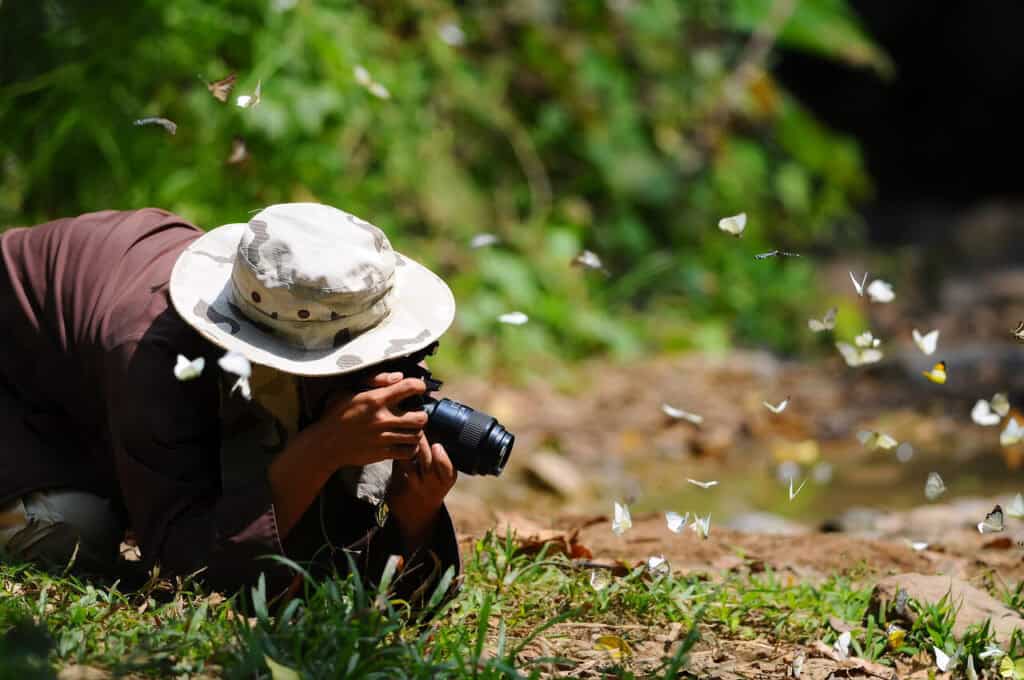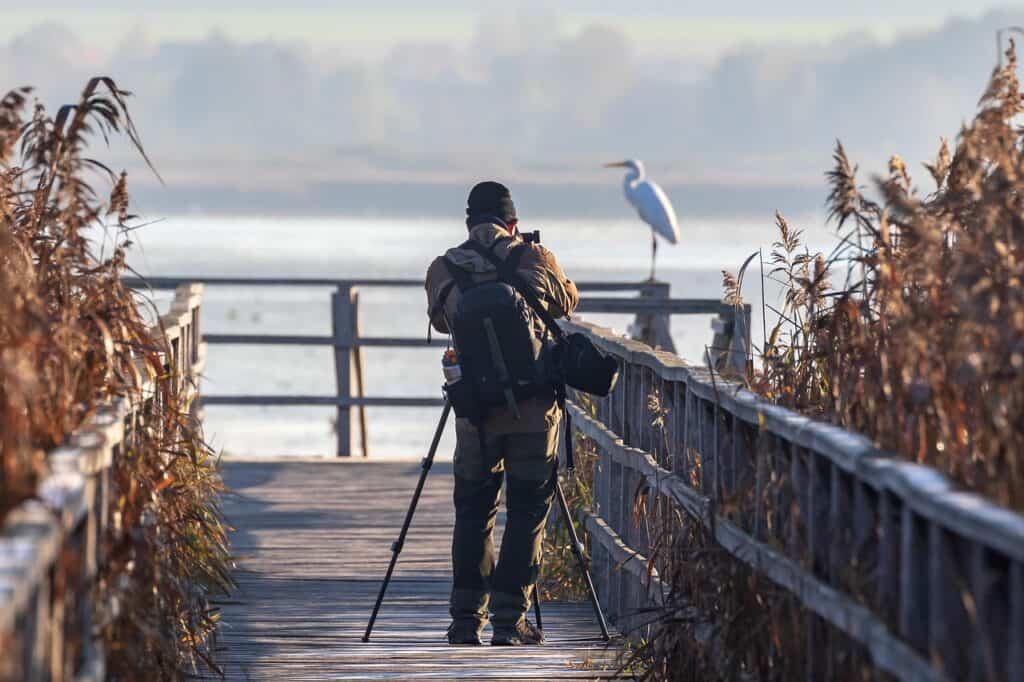We may earn money or products from the companies mentioned in this post. This means if you click on the link and purchase the item, I will receive a small commission at no extra cost to you ... you're just helping re-supply our family's travel fund.

Watching wildlife can be thrilling, but what seems like a simple hike or safari carries responsibilities most casual visitors overlook. Ethical wildlife viewing isn’t just about keeping yourself safe; it’s about protecting the animals and their habitats.
Professional guides have years of experience balancing curiosity with caution. They know which distances to maintain, when to use photography, and how to read animal behavior to prevent stress or danger. Following their example ensures encounters remain respectful and memorable.
What this really means is that not every interaction is appropriate. Even well-meaning tourists can unintentionally disrupt feeding, mating, or migration patterns. Understanding and practicing ethical standards is the cornerstone of responsible wildlife tourism.
By the end of this article, you’ll have a clearer idea of the dos and don’ts that define professional wildlife viewing across America from national parks to coastal reserves.
Keep a Safe Distance

Maintaining distance is one of the most important rules in wildlife viewing. Getting too close can stress animals, provoke aggressive behavior, or even put visitors in danger. Guides prioritize safety for both humans and wildlife.
They use binoculars, zoom lenses, and observation platforms to watch animals without disturbing them. Staying back allows animals to behave naturally, giving visitors a genuine wildlife experience.
Use Binoculars or Lenses
Instead of approaching wildlife, professionals rely on binoculars and telephoto lenses. This approach lets you see details and take photos while keeping animals comfortable.
Using these tools also reduces the risk of startling animals, which can lead to dangerous situations. Guides often demonstrate how to hold equipment steadily and adjust focus for the best viewing.
Some parks provide observation platforms or trails designed to maintain safe distances. By using these, visitors can enjoy wildlife safely without disrupting natural behavior.
Watch for Warning Signs
Animals often give subtle signals when they feel threatened. Guides are trained to recognize postures, vocalizations, or sudden movements that indicate stress.
If an animal shows discomfort, professionals immediately pull back and wait for calm behavior before continuing observation. Teaching visitors to notice these signs prevents unnecessary risk.
Observing warning signals also helps you understand wildlife better. It adds depth to the experience, allowing you to appreciate how animals communicate and respond to their surroundings.
Protect Their Habitat

Wildlife depends on undisturbed habitats. Straying off trails, picking plants, or leaving trash behind can damage ecosystems and disrupt feeding, breeding, or nesting behaviors.
Professional guides emphasize the importance of respecting the environment. They teach visitors to stick to marked paths and minimize their impact, ensuring animals can continue their routines without interference.
Stick to Trails
Walking off designated trails can trample vegetation, disturb ground-nesting animals, and damage sensitive ecosystems. Guides insist on following established paths.
They explain that trails are designed to let visitors enjoy wildlife safely while protecting the environment. Staying on paths reduces human impact and preserves the habitat for future visitors.
Some areas have seasonal restrictions to protect animals during sensitive times, such as nesting or migration. Guides provide guidance on when and where it’s safe to explore.
Leave No Trace
Carrying out all trash, keeping noise low, and avoiding leaving items behind are essential steps. Professionals follow the Leave No Trace principles and teach visitors to do the same.
Even small actions, like avoiding strong scents or bright clothing near nesting areas, can prevent disturbing wildlife. Guides encourage awareness of how every action affects the environment.
Minimizing human impact ensures animals continue their natural behaviors. Responsible visitors learn that observing without altering the habitat is part of a respectful wildlife experience.
Photography and Feeding Rules

Photography and feeding are common mistakes for wildlife visitors. Flash photography, approaching animals, or giving food can stress or harm them. Guides follow clear rules to prevent these problems.
They teach that ethical wildlife photography prioritizes the animal’s well-being over getting the perfect shot. Feeding animals is never allowed because it can create dependency, aggression, and health issues.
Respectful Photography
Using telephoto lenses and avoiding flash lets you capture wildlife safely. Professional guides teach how to frame shots from a distance without disturbing the animals.
Patience is key. Pros wait quietly for the right moment instead of rushing closer. This approach helps visitors get natural and authentic photographs.
Guides also show how to handle equipment responsibly, adjust settings quietly, and stay alert to animal behavior, ensuring both safety and minimal stress to wildlife.
Never Feed Animals
Feeding wildlife is harmful, even if it seems harmless. It can change their behavior, make them dependent on humans, and lead to health problems.
Guides explain the dangers and insist visitors observe animals in their natural feeding routines. Respecting natural diets keeps populations healthy and ecosystems balanced.
Watching animals forage naturally is more rewarding and safer. Following these rules allows visitors to enjoy wildlife without interfering with their daily lives.
Watch Responsibly
Ethical wildlife viewing is about respect, patience, and awareness. Professional guides model safe behavior, protect habitats, and prioritize the welfare of animals.
By keeping your distance, protecting habitats, and avoiding feeding or disturbing wildlife, you can enjoy meaningful encounters while leaving nature as you found it. Responsible viewing ensures the animals and ecosystems stay healthy for generations to come.